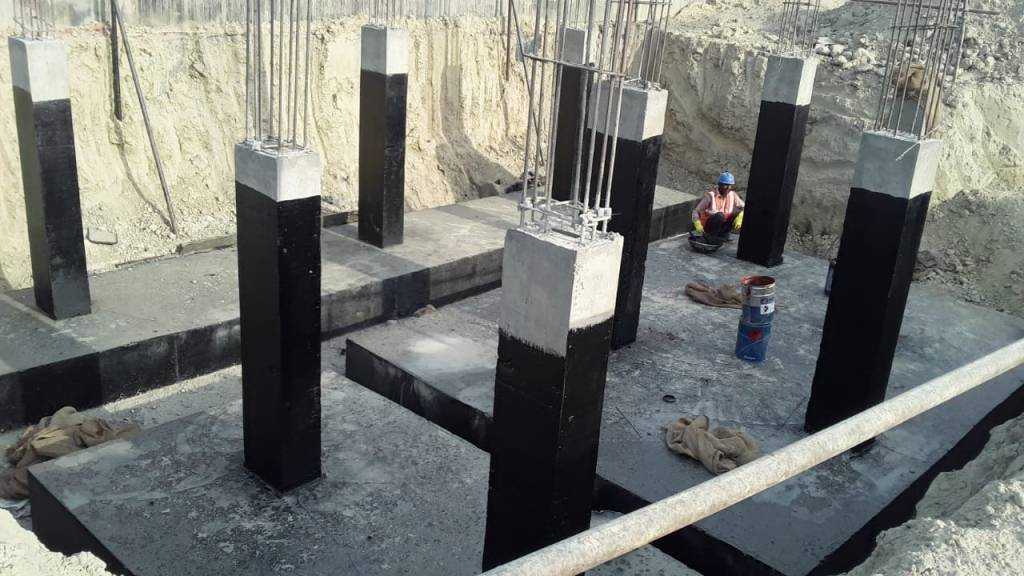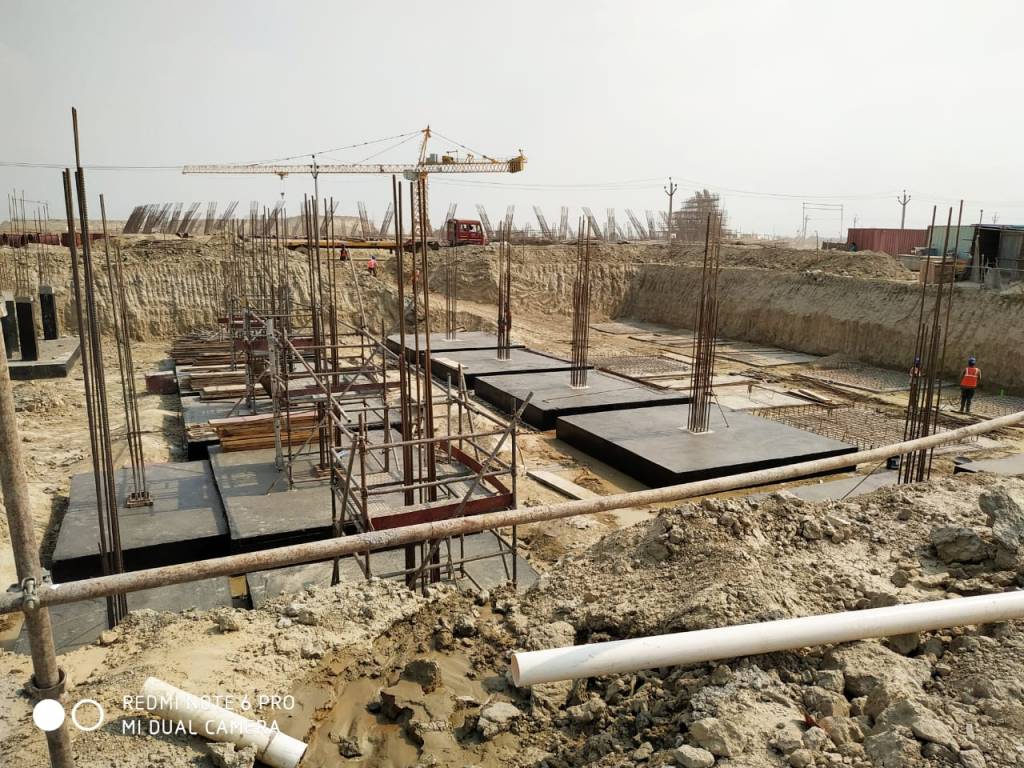Types of foundations – This article is about the types of foundations in Civil engineering. Foundation is the most significant part of any structure/building which transfers the total loads of the structure and its components to a competent surface on the ground. Foundations are broadly classified into two types.
- Shallow Foundation
- Deep foundation
Foundation is the most important part of a structure and a well-designed foundation is essential to protect the structure from dead loads, live loads, and external forces acting on the structure.

Foundation is the last part of the structure which touches the ground. The area of contact of foundation with the ground is called the foundation bed.
Every structure is divided into:
- Substructure
- Super Structure
Components of a structure coming below the ground level are called substructure, and above ground level is called superstructure. Foundation is coming in the substructure category and is responsible for transferring loads of superstructure components to the ground.
How to decide the size and types of foundations
The selection of foundations depends on the bearing capacity of the soil and the purpose of the structure. Geo-technical engineering is a field of Civil Engineering, which analyses the physical and chemical properties of soil and furnish designers with the inputs on the soil properties and proposed types of foundations. The Safe bearing capacity of the soil determines the foundation type and dimensions.
Safe Bearing Capacity of Soil
The bearing capacity of a soil is its capacity to support a structure without settlement or failure. For keeping the structure safe, the bearing capacity has to be calculated at different locations. The ultimate bearing capacity has to be divided by a factor to determine the safe bearing capacity of the soil. Safe bearing capacity is defined as the maximum load per unit area, soil can withstand without settlement and failure. The safe bearing capacity is determined by conducting field tests or soil investigations.
Qualities of a well designed foundation

A well-designed foundation is supposed to possess the following qualities.
a) Have to distribute the total load on the structure to a larger area.
b)Have to counter unequal settlement in case of any displacement.
c) Has to prevent the structure from lateral moments.
d) Foundations are responsible for the total stability of structures.
SHALLOW FOUNDATION

Shallow foundations transfer the load laterally to the soil. It is also called stripped foundations. The depth of a shallow foundation is less than its width.
Also Read : Types of Shallow Foundations
Characteristics of shallow foundations
Shallow foundations are adopted when the load acting on a structure is reasonable and got a competent soil layer, capable of negotiating the loads are available at a shallow depth or shorter depth.
Shallow foundations are placed on the surface of the ground. The depth of a shallow foundation ranges between 1 meter to 3.5 meters and sometimes more.
The width of the shallow foundation is greater than the depth. Shallow foundations are very easy to construct and do not require highly skilled manpower and professional supervision. These foundations can even be done with the help of medium-skilled workers. A shallow foundation is very economical when compared with a deep foundation. Shallow foundations are end bearing type foundations that transfer loads to the base of the foundation only.
Shallow foundations are the most preferred option when the safe bearing capacity of the soil is reasonable and the structural loads are within the permissible limits.
Deep Foundation

Deep foundations are preferred when the subsurface bearing capacity of the soil is not competent to withstand the proposed loads coming on the structure. In that case, the loads are transferred to a designated design depth or rock/hard strata located at a deeper area below the ground level and capable of negotiating the loads without failure.
Characteristics of deep foundation
The width of the deep foundation is less than the depth. The depth can even go up to 60 meters or more depending on the design, loads, and availability of capable strata.
Deep foundations require technical expertise, sophisticated equipment, and highly skilled manpower for interpreting and executing works.
The deep foundations are costly due to their way of execution involving the infusion of quality materials, skilled labour, professional engineering support, and equipment.
Deep foundations do not rely only on end bearing for transferring the loads. The skin friction developed between the foundation surface and the soil surrounding it may also be considered in the design stage.

The deep foundations can resist uplift pressure much more than shallow foundations and hence the chances of failure are less compared to shallow foundations.

Comments are closed.